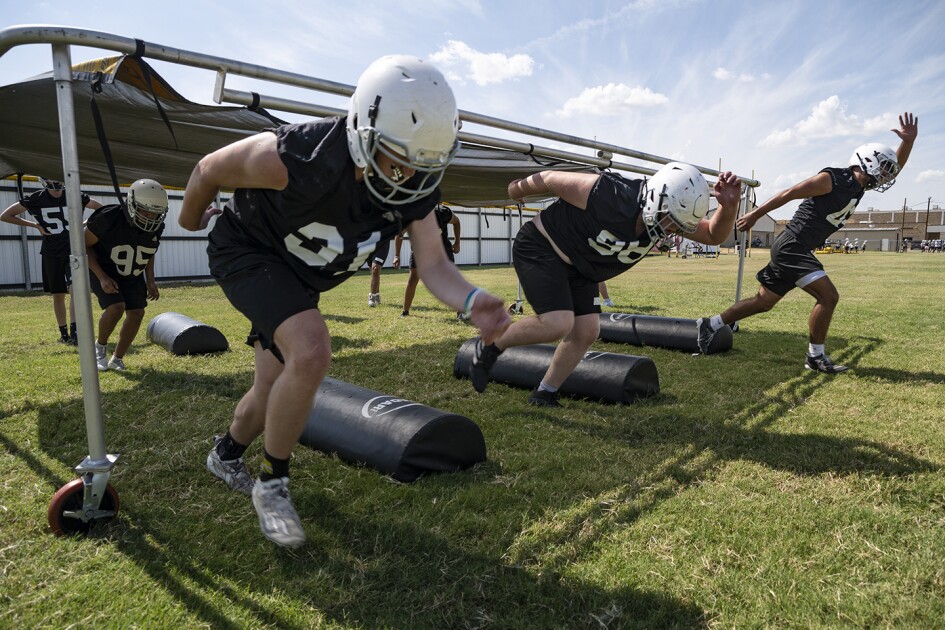There is no shortage of data or anecdotes about the trauma and disruption that students, teachers, and parents have endured over the last year. While the entirety of our nation’s education system was upended, students of color and students from low-income communities continue to be disproportionately harmed by the COVID-19 pandemic. As our country begins to emerge from the pandemic and students return to the classroom, we must now face the question of the path forward. At this crucial moment, we have the opportunity to revisit the purpose of the educational enterprise and ensure schools, families, and communities are working together to define student success through a holistic lens. As one parent told us during a focus group, “This is the groundwork that begins to allow this country to heal.”
Academic challenges have been well cataloged, and new reports show severe negative social and emotional consequences for children. The sad truth is that trauma and the lack of social-emotional supports in schools were serious problems for students even before the pandemic aggravated the situation. The past year provided an opportunity to listen to parents, teachers, and students to understand their perspectives on student development and their ideas for the way forward.
In our new report, written by Civic and supported by the Allstate Foundation, we drew on a February 2020 nationally representative survey of parents and teachers on their views of social-emotional learning and service learning and on focus groups with parents and teachers in November 2020 to understand how those views had changed during the pandemic.
Parents across socioeconomic lines agree that their top goals for their children are developing good character, integrity, and finding happiness—more than getting a good job or preparing for college. In turn, teachers see it as their duty to prepare students for all facets of their future, especially applying classroom learning to situations outside of school. One teacher spoke for many in saying, “Students gain a sense of agency and confidence in themselves when they can participate in the real world and do something to benefit others.”
Majorities of both parents and teachers want schools to develop social-emotional skills as much as academic ones. They strongly endorse integrating social-emotional learning and service learning—linking classroom learning with real-world opportunities to serve others—and believe schools should place a stronger emphasis on both.
The overwhelming support for more SEL and service learning has merit. A national commission on integrating social, emotional, and academic development brought science together with practice and found SEL boosts everything schools already measure—from better attendance and behavior to higher grades and graduation rates. It also builds discipline, empathy, and collaborative problem-solving.
It has long been the case that students themselves want more social-emotional and service-learning opportunities in school. In a 2005 Civic survey of students who made the devastating decision to drop out of high school, we found that the leading reason was not academic failure. Instead, it was not seeing the relevance of school to life. Their top suggestion for educators was to provide more opportunities to connect classroom learning with real-world experiences, a primary goal of service learning. In 2012, another Civic report highlighted a survey of youth disconnected from school and work, which showed that nearly 7 in 10 wanted to serve in their communities. Only 3 percent reported having opportunities to do so.
The nearly universal demand from parents, teachers, and students for a holistic approach to education and opportunities to link learning to life should be a wake-up call to school systems to prioritize such efforts. The cascading challenges of the current moment will require a generation of leaders with knowledge, empathy, resilience, appreciation of diversity, and civic dispositions to innovate through times of crisis.
However, fewer than 1 in 4 teachers say SEL is implemented in their school on a programmatic, schoolwide basis, and fewer than 1 in 4 parents and teachers say their students have service-learning opportunities on their campuses. The SEL and service-learning opportunity deficits are most pronounced for students from low-income families and in rural areas.
Listening to those on the front lines of schools—teachers, students, and parents—paints a clear path forward. States need SEL standards and competency benchmarks backed by resources for full implementation, including support for efforts led by the Collaborative for Academic, Social and Emotional Learning, or CASEL, to create a best-practices network across participating school districts and states. Both SEL and service learning should be integrated into workforce-development systems to ensure students have the skills most in demand from employers.
Crises are times for reflection and resetting. The pandemic has rattled our education system and caused parents and teachers to ask for more focus on both social-emotional learning and service learning in America’s schools. We should listen to the perspectives of those closest to the needs of students whose education will determine the future of our society, economy, and democracy.








